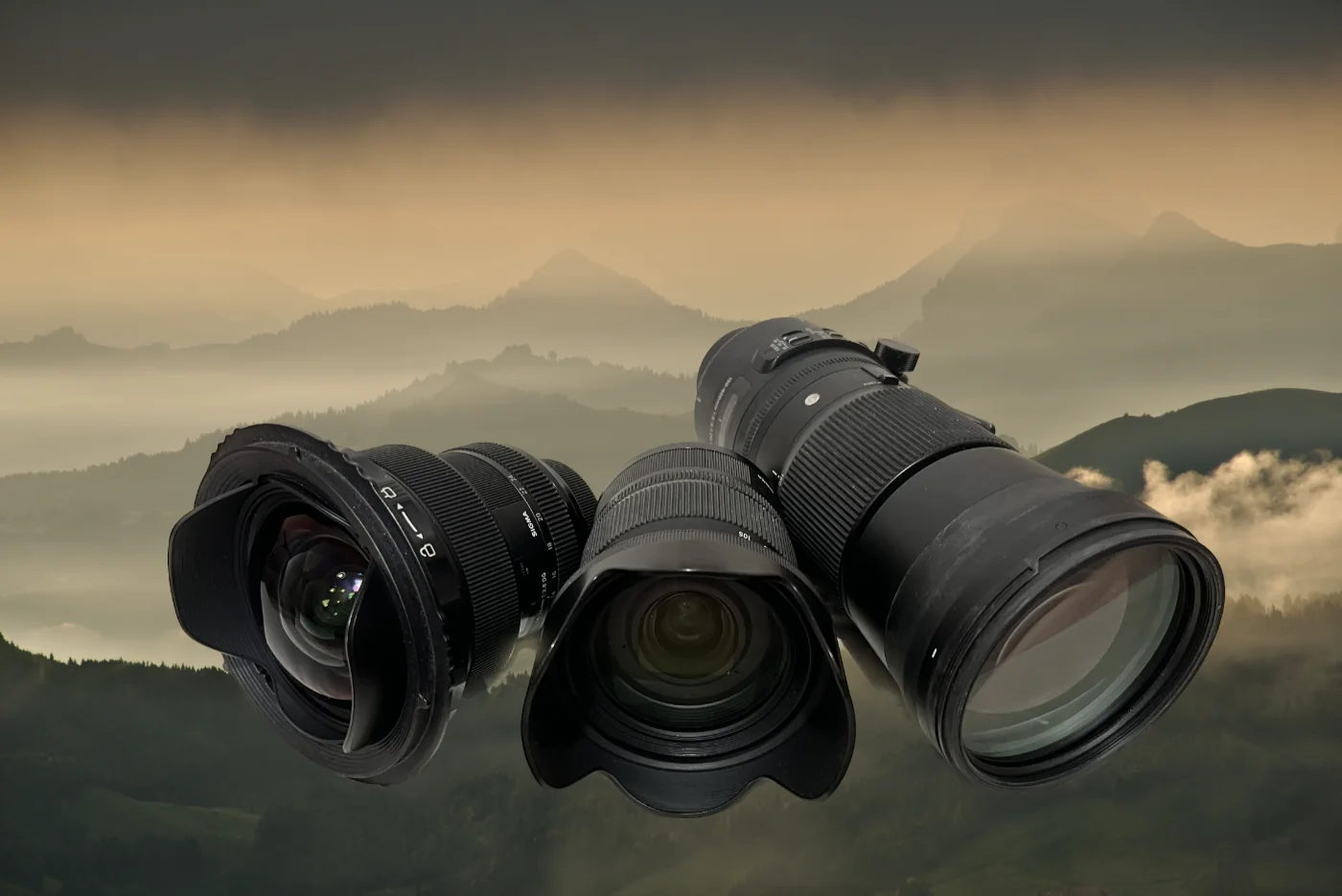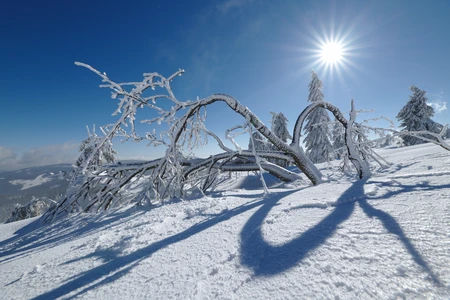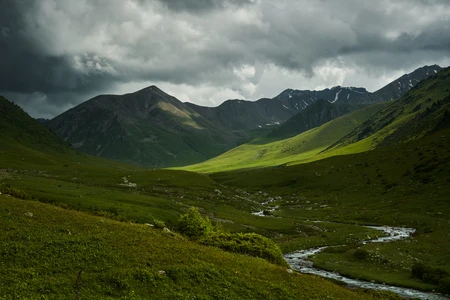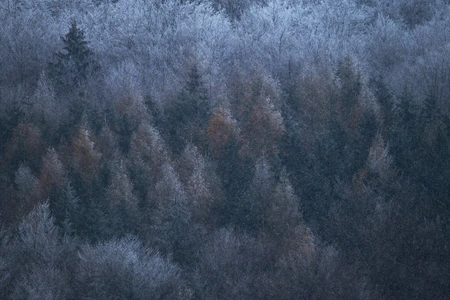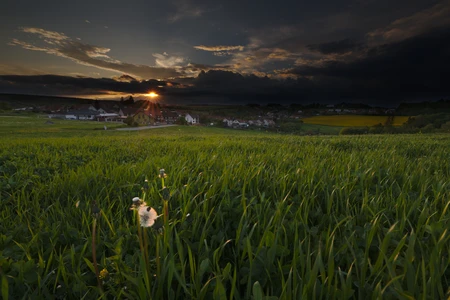Which lens to choose for landscape photography
With landscape photography, a wide range of lenses with various focal lengths can be used to capture different perspectives, from wide-angle shots that capture the full expanse of a scene to telephoto shots that bring distant subjects into sharp focus. By carefully choosing the right focal length, you can create unique and captivating images that are sure to impress.
The use of a higher f-number is typically required to ensure a greater depth of field, making it unnecessary to use a fast lens speed.
(Ultra)wide lens for landscape photography
Beginning photographers might find wide-angle lenses challenging. These lenses tend to capture everything in the frame, leading to overcrowded pictures without a clear focal point. Also, the image can look flat and dull if you don’t include enough in the foreground.
When using an ultra-wide angle lens, make sure to fill the foreground with something exciting and relevant to the scene. This will help draw the viewer’s eye and create an engaging and dynamic image.
Pros:
- even well-known places look special in photos
- excellent for astrophotography (but you need faster lens speed)
- sharpness
Cons:
- objects seem to be far away from each other
- in the background, objects seem to be small
- distorted corners
- tricky for beginners
Photos taken by the wide-angle lens
Normal lens for landscape photography
For photographers looking to capture the everyday look of a scene, a 50mm prime or 35mm lens is the closest that you can get to the 43mm equivalent that the human eye typically sees. With these lenses, you can recreate the familiar look that we are used to seeing with our eyes and capture the same perspective that we usually get in our everyday lives.
Pros:
- cheap to get one
- high quality - because they are relatively easy to manufacture
Cons:
- it’s unlikely that the angle will be impressive, as people are used to this view on cell phones
Images taken by the normal lens
Telephoto lens for landscape photography
From short telephoto lenses (85-135mm) through medium telephoto (135-300mm) to super telephoto lenses (over 300mm), there’s an overload of options available to capture the beauty of the natural world.
Telephoto lenses allow you to magnify distant details, capture details of a far-off mountain range, isolate elements within a scene like a standalone tree, and in general, will enable you to focus on one specific part of the landscape.
Pros:
- you can get details of something specific - e.g., standalone tree, rocks structure, …
- giving a perspective that is not possible to achieve on mobile phones
- you can capture unreachable objects/places, quite often even something hard to spot with a bare eye
- things are stacked on each other - great for creating illusions - all objects seem to be equally large
- shallow depth of field
Cons:
- haze (could be used to your advantage)
- heavy
- needs stabilization
- lower image quality
- harder to focus
Telephoto lens images example
Prime vs. zoom lens in landscape photography
Both prime and zoom lens works well in landscape photography. However, the need to cover various lengths/use cases means stuffing your backpack with a bunch of primes - something you want to avoid on longer trips. Therefore zoom lenses are a better choice. Primes also tend to have smaller f numbers, which you can easily miss in landscape photography.
Conclusion & recommendation: Which is the best lens for landscape photography?
There is not a single one. We talked about the pros and cons of various lenses. It always depends on what you are trying to capture at the moment.
My recommendation is to carry three zoom lenses for landscape photography:
- one wide-angle lens
- one normal-angle lens
- one telephoto lens
Stunning landscape images taken by wide-angle, normal, and telephoto lens.
